Vicksburg and The Natchez Trace
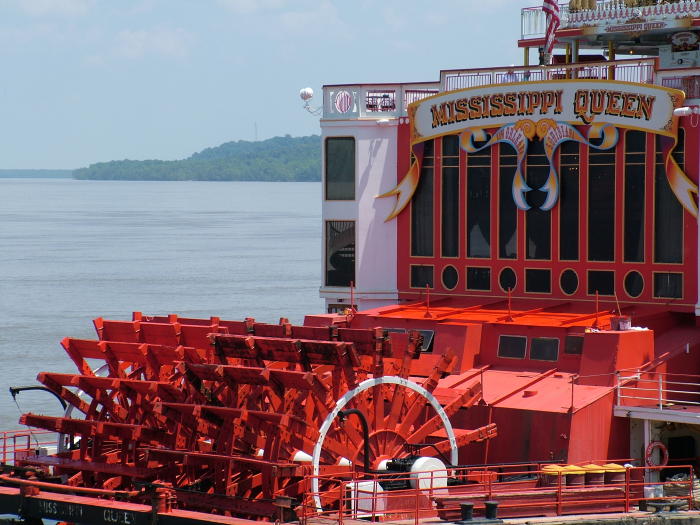
Part of what has us so excited about this part of the trip is the chance to walk through history. Wednesday we toured Vicksburg National Military Park, in Vicksburg, Mississippi. This is site of a famous battle during the Civil War. Lincoln ordered General Ulysses S. Grant to gain control of the Mississippi in order for the Union army to win the war. Vicksburg was the most important of the Confederate strongholds left along the river, and beginning on May 12th 1863 the Union army held the city under Siege until finally, due to constant attack and lack of food and water, the Confederates surrendered on July 4th, 1863. Local legend is that to this day Vicksburg does not celebrate the 4th of July.
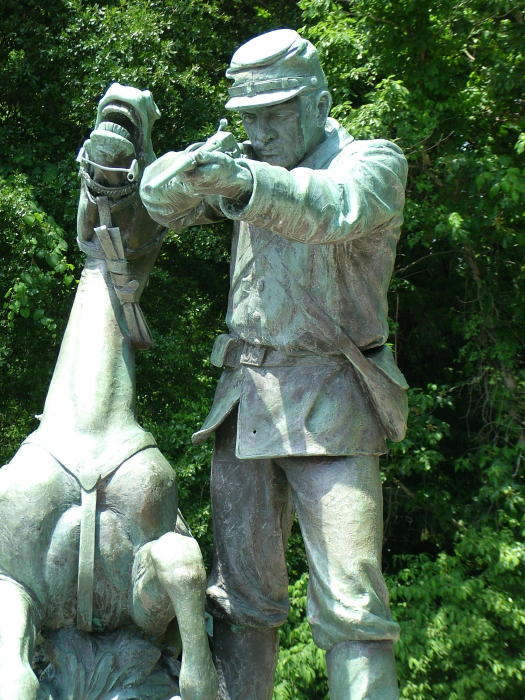
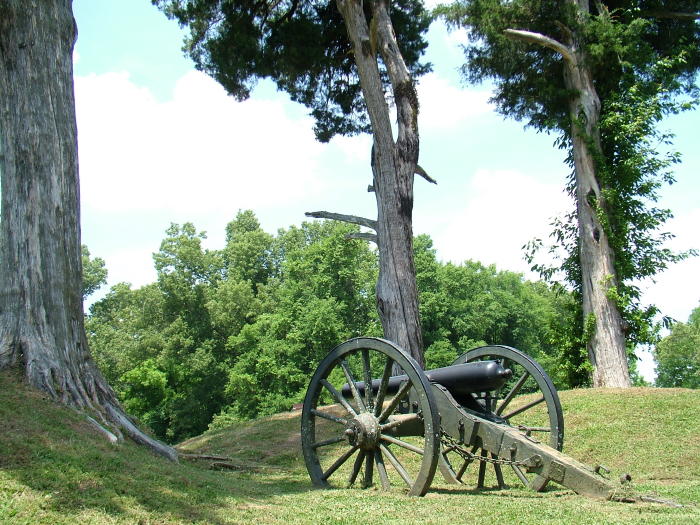
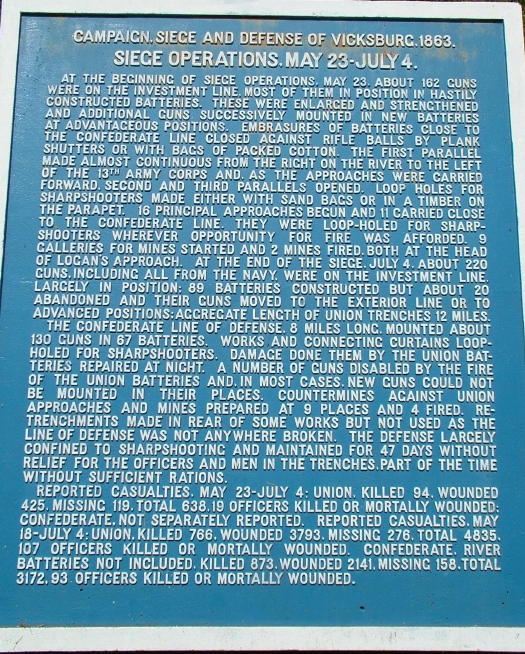
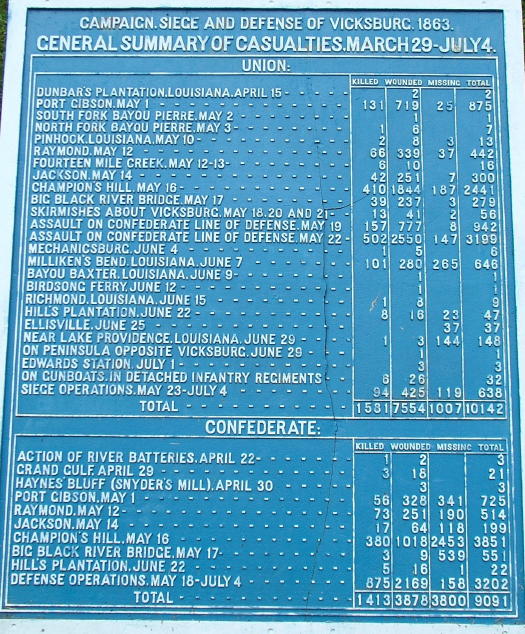
The park is filled with monuments erected by each state that had soldiers at the battle. Most notably, Illinois has a giant memorial dome located on the Union side. The battlefield is riddled with signposts marking where the forces drew their lines, sometimes the Union and Confederate lines were less than 20’ from each other. Imagine sitting in a trench for almost two months, 20’ from your sworn enemy, in the heat of a Mississippi summer, wow.
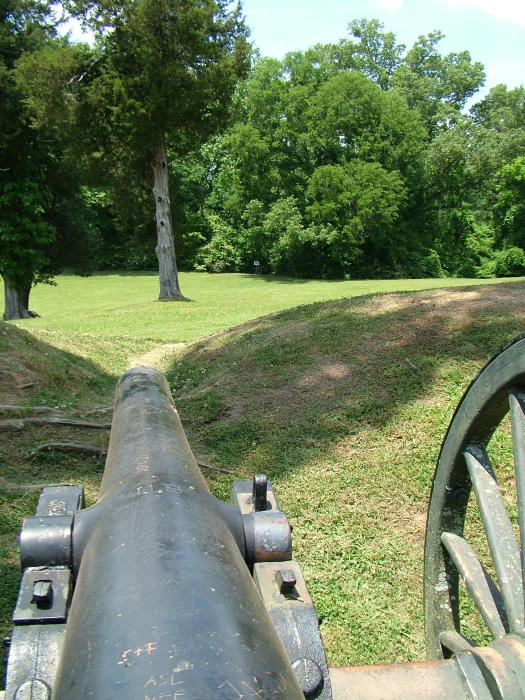
See the sign post along the trees? That was the enemy's post as seen from this cannon site.
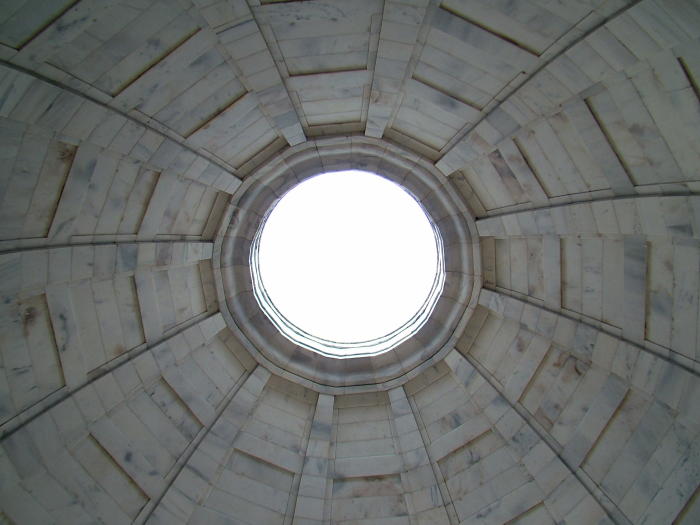
Illinois monument's dome.
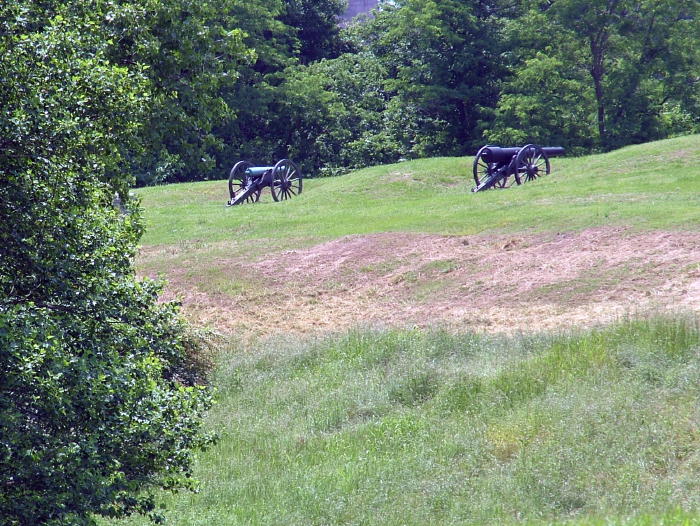
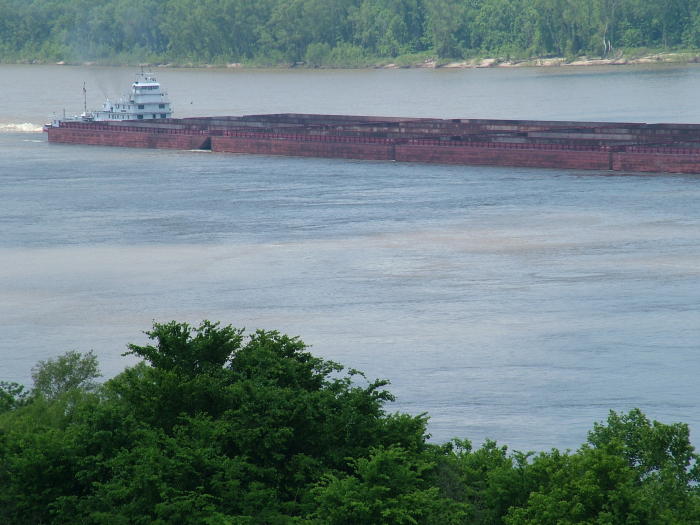
Our first glimpse of The Mighty Mississippi.
From the Military Park we got onto Natchez Trace Highway, just outside of Jackson, Mississippi. The Trace, or trail, was used by men who floated the Mississippi River in wooden boats laden with goods to be sold in New Orleans. Once they had sold all of their wares, including the wood that was once their boat, they would walk this trail back to Tennessee or Kentucky or wherever home was. In the early 1800’s the trace was enjoying its heyday, inns, locally known as stands sprouted up all along the route, and thousands marched along the trace.
Last night we camped along the highway at the Rocky Springs Site Campground. To our surprise and delight this campground is free. The CG had nice paved sites and bathrooms. A short hike from our rig was a part of the original Trace which we hiked up to the old Rocky Springs town site. All that remains is a falling down church and a few old safes; it is so overgrown that you will need a very vivid imagination to believe that a town of over 2600 people ever existed there.
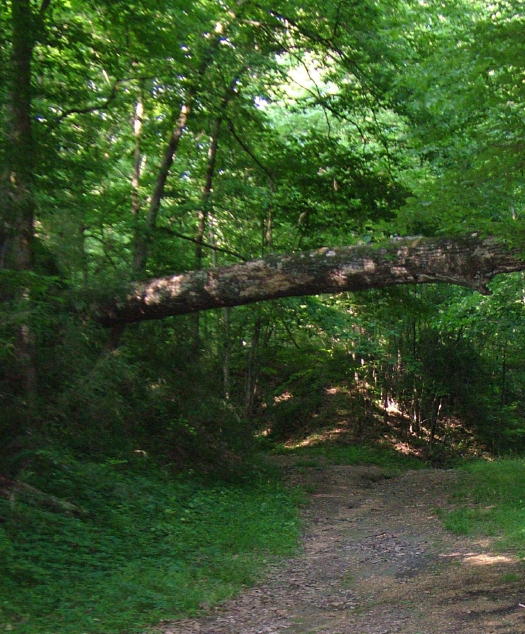
Part of the Trace.
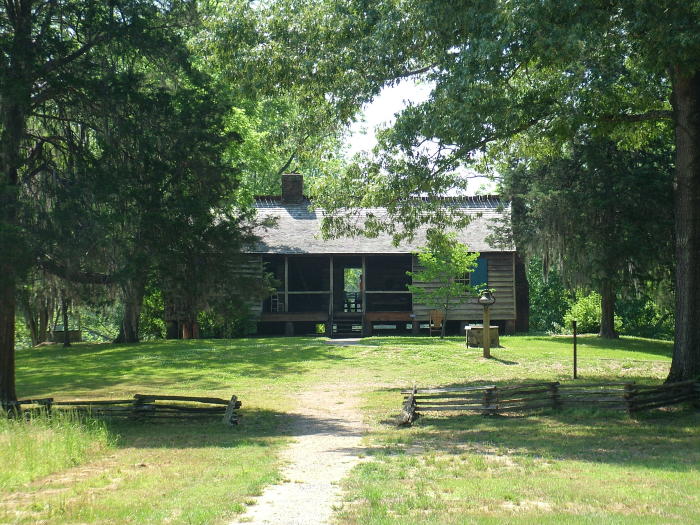
We followed the remainder of the highway down to Baton Rouge today, stopping to visit Mount Locust, the last remaining Stand (Inn) along the trail. We toured the house and the grounds. It was once a bustling plantation, home to 13 in the family and 50 slaves. On the grounds are both the family cemetery and the slave cemetery, the difference between the two was striking.

The family cemetery is well manicured, has an ornate wrought iron fence surrounding it, and contains traditional headstones and monuments.
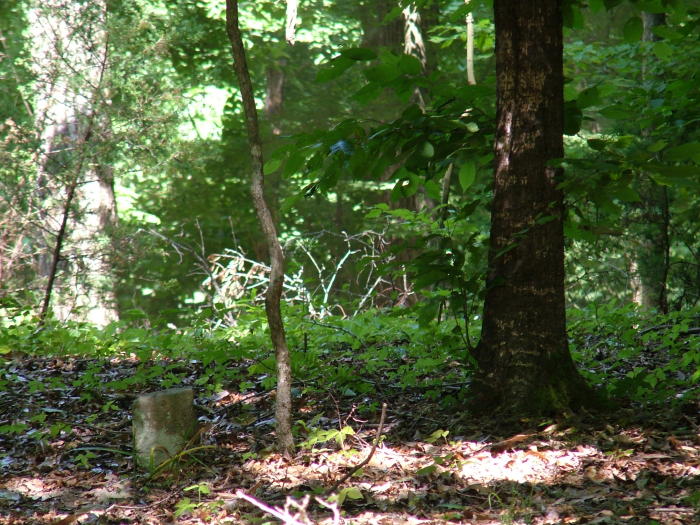
In the entire slave cemetery there is but one very small, unmarked headstone, no fence and no discernable upkeep.
Tonight we made our way to Tickfaw state park between Baton Rouge and northern New Orleans. This park is fantastic. Camping is $12/night, which includes water and electricity. There is a new bath house built up high on stilts since we are surrounded by swamp, and even laundry which we are in great need of. The park has tons of activities ranging from, hiking/ biking, a nature center, a water park (this consists of a series of water guns and little slides), to a really great canoe tour that we will have to miss since the shuttle only runs on the weekends.
